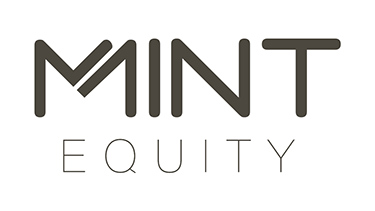House flipping – we hear stories of the profits made from renovating and reselling property and some even make a career out of it. But, is it really that profitable? And can you still house flip in the Sydney property market?
Finding the right property to flip
First things first, finding the right property is the key to a successful house flip. Finding a ‘renovators dream’ as opposed to a ‘money pit’ in the Sydney market is near impossible. Even some of the run down and dilapidated properties in Sydney are going for millions of dollars, making flipping less of a smart investment.
Looking outside of the Sydney metro area provides a larger volume of potential properties, and a lower purchase price as well. Essentially, you’re looking for a property;
With the potential to improve
Requiring cosmetic updates rather than structural repairs
Located in an area where the improvements won’t over capitalise
The profit tipping point
Before you buy the property, you need to calculate the point where you will make a profit. Unfortunately purchase price + renovation cost does not equal profit. There are many more costs to consider, including;
Acquisition costs of house flipping
Deposit
Borrowings and interest repayments
Bank fees and charges
Stamp duty
Land tax
Solicitor fees
Renovation costs
Council fees
Plans, drawings
Builders
Materials
Landscaping
Selling costs of house flipping
Solicitor fees
Real Estate Agent fees
Property stylist fees
Capital Gains Tax
How to calculate the costs of house flipping
First and most obvious is the initial purchase price, which will impact the on-costs such as your home loan, mortgage repayments, LMI (Lenders Mortgage Insurance) stamp duty and land tax. So the lower you can make the purchase price, the better. Remember, this house is an investment that you want to return a profit on - so don’t get emotional when buying and be prepared to walk away if the price is too high.
The real cost of buying a property for $700,000 is much more than just $700,000. Let’s assume you have a 10% deposit for the purchase and you have $30,000 for the renovation and you are not a First Home Buyer. Let’s look at the real costs;
Costs are estimates
*The good news is, on some home loans, you can add the LMI to the loan so you pay it off with the loan rather than in cash upfront.
So, in addition to the entry costs above you’ll need to keep aside your $30,000 cash for the renovation, so you now need a total of $148,351 in cash so you can complete the project.
A quick renovation is a good renovation
Remember, for every month you hold the property you’ll have to pay the mortgage. Unfortunately, investment property interest rates aren’t as low as owner occupied home loan interest rates. So you’ll need to factor in higher repayments, unless you plan to make the property your (PPR) Principal Place of Residence whilst renovating and secure lower owner occupier home loan interest rates.
Good news is, investment property mortgage interest rates are still quite low at 3.79% for P&I repayments.
Let’s take a look at the monthly costs assuming you’ve paid the LMI in cash.
Costs are estimates
Flipping the property
Now comes the cost of flipping/renovating the property. Unless you are performing all the renovations and designs yourself, you have to account for contractors, landscapers, materials and designs. The cost of these will vary enormously depending on how long they take and how important the changes to the property are.
Most professional property investors will recommend to never buy houses that need serious reworking if your intention is to flip them. Set a budget and stick to it. Be smart with your suppliers and select finishes that reflect the quality and potential sale price of the property.
Selling the property
House Flipping - what are the real costs?
On top of this, you may have solicitor fees, council fees, and capital gains tax as elements to consider. To apply for a full or partial exemption from Capital Gains Tax you will need to have lived in the property as your main residence for a period of time. Also, if you hold the property for less than 12 months, there may be no applicable discount or exemption. To learn more about CGT visit the ATO website
Flipping properties in Sydney
Sydney's outer suburbs have the lowest prices, which can be the best place to start for prospective property flippers. However, if you are interested in premium properties and have the cash or equity to purchase them, then the rewards of doing so in the inner city are generally greater, if done right. The number of property flippers is, however, increasing so staying ahead of the kerb will be more and more difficult as time goes on. Getting the best deals will happen with people who want to sell quickly and will, as a result, reduce their price in favour of a speedy sale.
As with all investments, there is a risk involved, but with some smart thinking, flipping property can be seriously lucrative. Just don't go out of your financial depth, and keep an eye on the profit tipping point.


